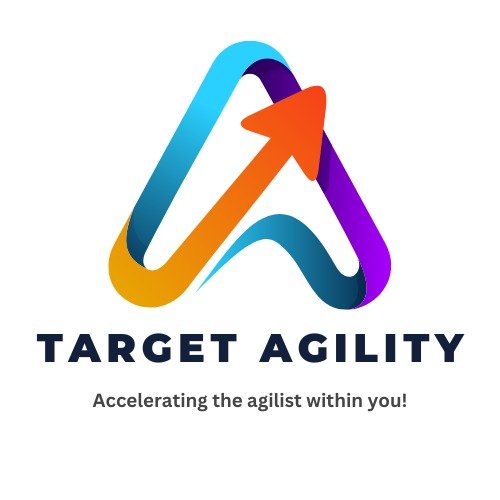When people hear the word “Agile,” they often think of software teams. But Agile is much more than that. It’s a way of working that helps teams move faster, stay flexible, and improve over time. That’s why more non-tech teams in areas like marketing, human resources (HR), and education are starting to use Agile too.
Here’s how Agile is being used in these fields and why it works so well.
Agile in Marketing – Working Fast and Smart
Marketing teams today need to move quickly, try new ideas, and learn from data. Agile helps them do exactly that.
Instead of planning big campaigns that take months, marketing teams work in short cycles called “sprints.” In each sprint, they might test new ads, launch social media posts, or write blog articles. After the sprint, they review what worked and what didn’t, then adjust their plans.
Marketing teams often use tools like task boards to organize their work and have quick daily check-ins to stay on the same page. This helps them stay focused and respond quickly when things change.
Example: A team may run a 1-week sprint to test two different email subject lines. They check the results, see which one performed better, and use that to shape their next campaign.
Agile in HR – Making People Processes Better
HR teams handle things like hiring, onboarding, and employee performance. These processes can be slow or unclear. Agile makes HR more people-focused and responsive.
In an Agile HR setup, teams work together to improve hiring steps, use boards to track open roles and onboarding tasks, and gather feedback from employees more often. Instead of waiting until the end of the year for performance reviews, they hold shorter check-ins regularly.
Example: An HR team wants to improve onboarding for new employees. Every two weeks, they collect feedback from recent hires and make small changes to improve the experience.
Agile in Education – Flexible Learning
Teachers and educators are also using Agile methods to improve learning in schools, colleges, and training programs.
In an Agile classroom, lessons are broken into small chunks, like sprints. Teachers gather feedback from students often and adjust their lessons based on what’s working. Students may also work in teams, share tasks, and reflect on what they’ve learned.
Example: A teacher creates a two-week unit on science. After the unit, students give feedback. The teacher uses this input to change the next unit, making sure everyone stays engaged and understands the material.
Why Agile Works Outside of Tech
Agile helps all kinds of teams work better by:
- Focusing on small, valuable tasks
- Getting feedback early and often
- Adjusting plans based on real results
- Encouraging teamwork and open communication
You don’t need to follow Agile exactly as software teams do. The key is to take the parts that work for your team and your goals.
Conclusion
Agile isn’t just for developers anymore. It’s a powerful way of working that fits well in marketing, HR, education, and many other fields. By staying flexible, focusing on what matters, and improving step by step, teams in any area can achieve better results—and enjoy the process too.













